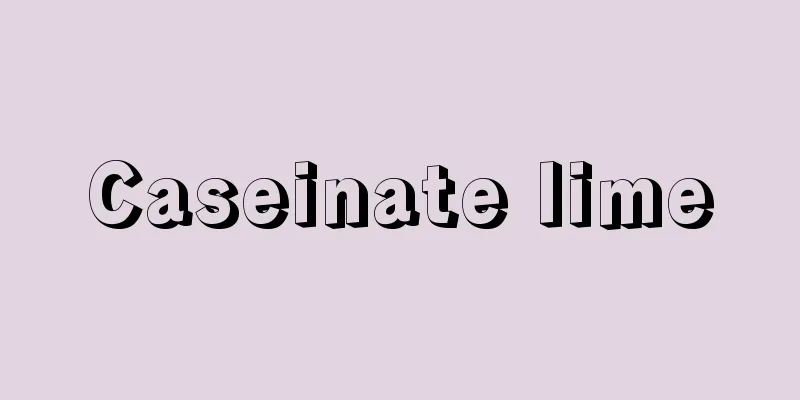House of correction

|
…These poor people were not the incompetent poor of the Middle Ages, but were poor people with the ability to work, and could even become thieves. Their numbers were far greater, and the state had to use its power to deal with them systematically. The Poor Law is considered the beginning of the modern system, but its culmination, the Elizabethan Poor Law of 1601, divided the able poor and the incompetent poor into administrative units of parishes, and forced the able poor and children to work, even by inflicting punishment on them in workhouses, houses of correction, and general prisons, while protecting the incompetent poor. After that, the poor relief system underwent several changes, such as the Residence Restriction Act (1662), the Workhouse Test Act (1722), the Gilbert Act (1782), and the introduction of the Speenhamland system in 1795. However, as a result of the progress of the Industrial Revolution, the able poor became industrial workers, and the repressive and controlling nature of the Poor Law became unnecessary. … From [Punishment]...This spread throughout Europe under the influence of Protestantism and mercantilism. The house of correction had a different origin from the workhouse, which was a measure to alleviate poverty, in that it targeted vagrants as potential criminals (the 1609 Act in England gave the former the authority to punish punitively instead of simply to treat them as ameliorative). However, the two eventually merged, and the two also merged with the old jail, which also housed minor criminals. *Some of the terminology that refers to "house of correction" is listed below. Source | Heibonsha World Encyclopedia 2nd Edition | Information |
|
…これらの貧民は,中世における無能力貧民ではなく,盗賊ともなりかねない労働能力をもつ貧民であり,その数もはるかに多く,国家の力をあげて組織的に対処せざるをえなかった。救貧法は近代的制度の嚆矢(こうし)とされるが,その集大成である1601年のエリザベス救貧法は,教(会)区parishを行政単位として,有能貧民と無能貧民に分け,有能貧民と児童とは労役場work house,懲治監house of correction,一般監獄などで懲罰を加えてまで就労を強制し,無能貧民は保護する,というものであった。 その後,居住制限法(1662),労役場テスト法(1722),ギルバート法(1782)の制定や1795年のスピーナムランド制度の導入など,救貧制度にはいくたの変遷が見られたが,産業革命進展の結果,有能貧民は産業労働者と化し,救貧法の抑圧管理の性格は不要となった。… 【行刑】より…これはプロテスタンティズムと重商主義の影響を背景にヨーロッパ各地に広がった。この懲治場house of correctionは,浮浪者を犯罪者予備軍として対象にする点で,救貧対策上のワークハウスwork houseとは起源を異にしていた(イギリスの1609年法は前者に対して単なる改善的処遇のかわりに刑罰的懲戒を権限づけた)。しかし,やがて両者は融合し,軽罪者をも収容しつつ旧来の牢獄jailとも融合していった。… ※「house of correction」について言及している用語解説の一部を掲載しています。 出典|株式会社平凡社世界大百科事典 第2版について | 情報 |
Recommend
Sonchus brachyotis (English spelling)
… [Morita Tatsuyoshi]. … *Some of the terminology...
A Word to the Greeks
…a disciple of Justin. His major Greek work, the ...
Fuso - Fuso
[1] 〘Noun〙① A sacred tree whose leaves resemble th...
Silchester
...The surrounding area is home to the Barafield ...
Iizuka Rokansai - Iizuka Rokansai
Bamboo artist. His real name was Yanosuke. He was...
Cetomimidae
…A general term for marine fishes belonging to th...
Wooly rhinoceros (hairy rhinoceros)
A large, hairy rhinoceros that was widespread from...
Todaiji Temple
The head temple of the Kegon sect, located in Zos...
Granite rocks - Granite rocks
...Famous stone materials include Inada stone, Ok...
Jihad
Jihad originally meant "effort" or "...
Tokyo Women's Medical University
It is a private institution. It was founded in 19...
Akihabara
Akihabara (Tokyo) Source: "Japanese Handy Boo...
Aleurites fordii (English spelling) Aleuritesfordii
… [Ken Ogata]. . … *Some of the terminology that ...
New Haiku - Shinkou Haiku
The New Haiku Movement began in the early Showa p...
Leninism - Leninism
In the narrow sense, it refers to the Marxism dev...









